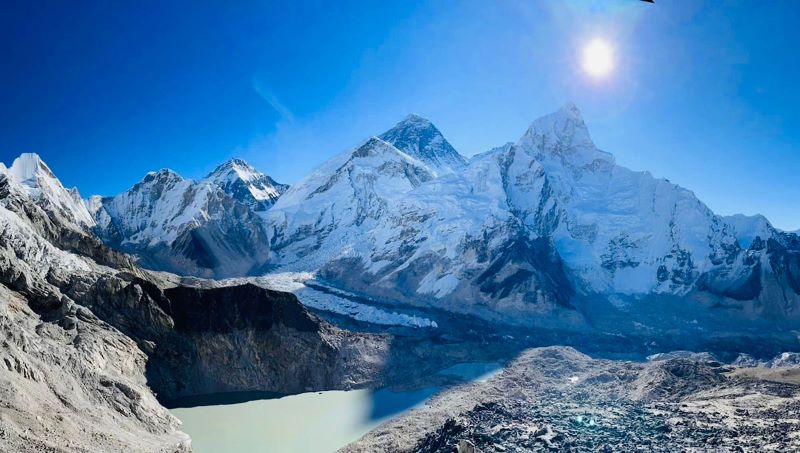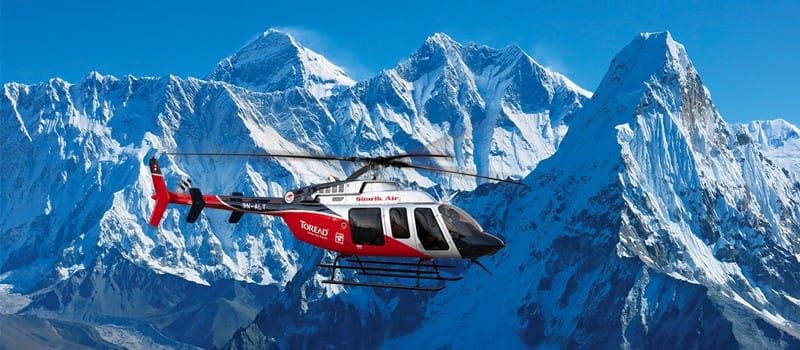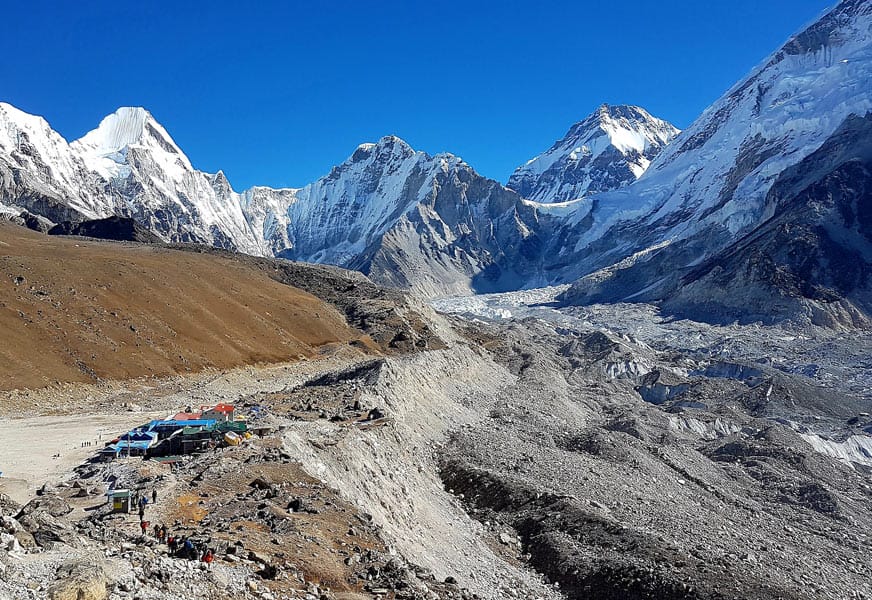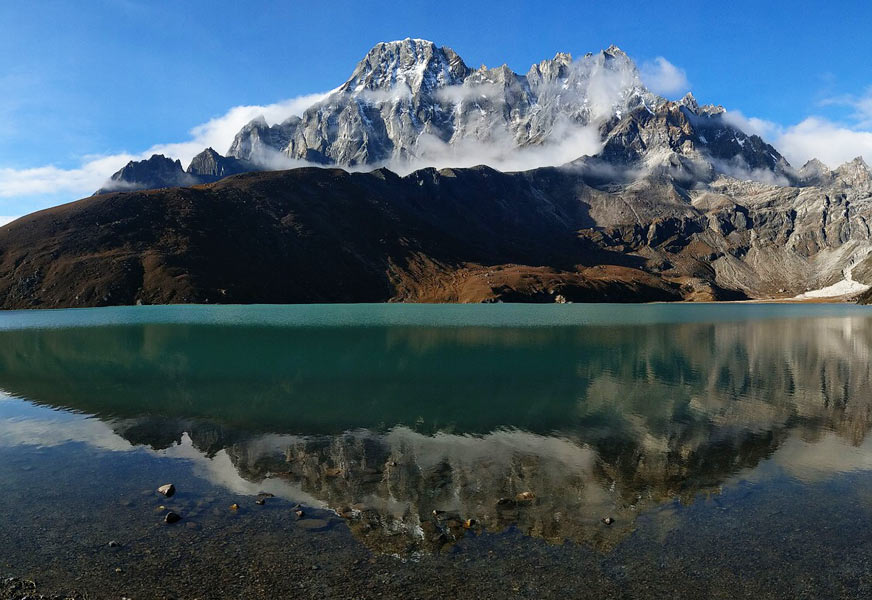Everest Base Camp Trek 12 Days: Your Ultimate Guide
Introduction to the Everest Base Camp Trek
The Everest Base Camp Trek 12 Days is a dream adventure for hikers and thrill-seekers. Located in the Khumbu region of Nepal, this trek offers breathtaking views, deep cultural encounters, and a sense of accomplishment that few experiences can match. Below, we address some frequently asked questions to help you prepare for this incredible journey.
What is the Everest Base Camp Trek?
The Base Camp Everest Trek is a trekking route to the base camp of Mount Everest, the highest mountain in the world, standing 8,848 meters tall. The Everest Base Camp Trek starts at Lukla, a small town accessible by plane from Kathmandu. Within 12 to 14 days, you will pass through picturesque Sherpa villages, fabulous forests, and breathtaking high-altitude valleys to a fascinating Everest Base Camp at 5,364 meters (17,598 feet). However, this trek is not about the great view only; it’s also a peek into the rich culture of the Sherpa people, commanding great respect for nature.
How Difficult is the Everest Base Camp Trek?
Basically, the difficulty for the Everest Base Camp Trek depends on one’s fitness level and how he or she gets on with acclimatization at higher altitude. For most people, it may be considered a moderate to difficult trek because the altitude will be high and sometimes the terrain is quite rough. You will also experience steep ascents and descents, with some of the paths steep. Altitude sickness is among the common responses that occur when there is lower oxygen at high altitudes, generally above 2,500 meters or 8,202 feet, when enough acclimatization periods are not available. Enough time spent in places like Namche Bazaar and Dingboche helps tune your body.
In terms of physical preparation, regular exercises will be helpful in the gym: cardio, strength training, and endurance. Training with a weighted backpack for many trekkers is a great way to stimulate trail conditions.
When is the Best Time to Trek to Everest Base Camp?
The best time for the Everest Base Camp Trek 12 Days is during spring-March to May-and autumn-September to November. These seasons usually offer stable weather conditions and, therefore, ideal times for trekking: usually clear skies, comfortable temperatures, colorful rhododendrons in spring, and breathtaking mountain views in autumn.
Where summer prevents heavy rains from June to August, making trails slippery and increasing the risk of landslides, winter is extremely cold during December to February, blocking trails and often lodges with snow.
What Should You Pack for the Everest Base Camp Trek?
Packing the right gear is crucial for a comfortable and successful trek. Here are essential items to include:
- Trekking Boots: Ensure a good fit and break them in before the trek.
- Clothing: Dress in layers, including moisture-wicking base layers, warm insulating layers, and a waterproof, windproof outer layer.
- Sleeping Bag: Choose a high-altitude sleeping bag rated for very cold temperatures.
- Trekking Poles: These provide stability on uneven ground and help protect your knees.
- First Aid Kit: Include essential medicines, blister care supplies, and altitude sickness treatments.
Don’t forget snacks, a water purification method, and a quality camera to capture the stunning scenery.
Summary
The Everest Base Camp Trek is a tremendous and incredible experience with loads of adventure, great landscapes, and culture. Thorough preparation, knowing what to expect along the way, guarantees a memorable trip to one of the most famous destinations around the world. This trek is ideal for both seasoned hikers and newcomers alike. So, begin planning your trek today and prepare to be left with great moments at the heart of the Himalayas! click here to read more about Everest region









